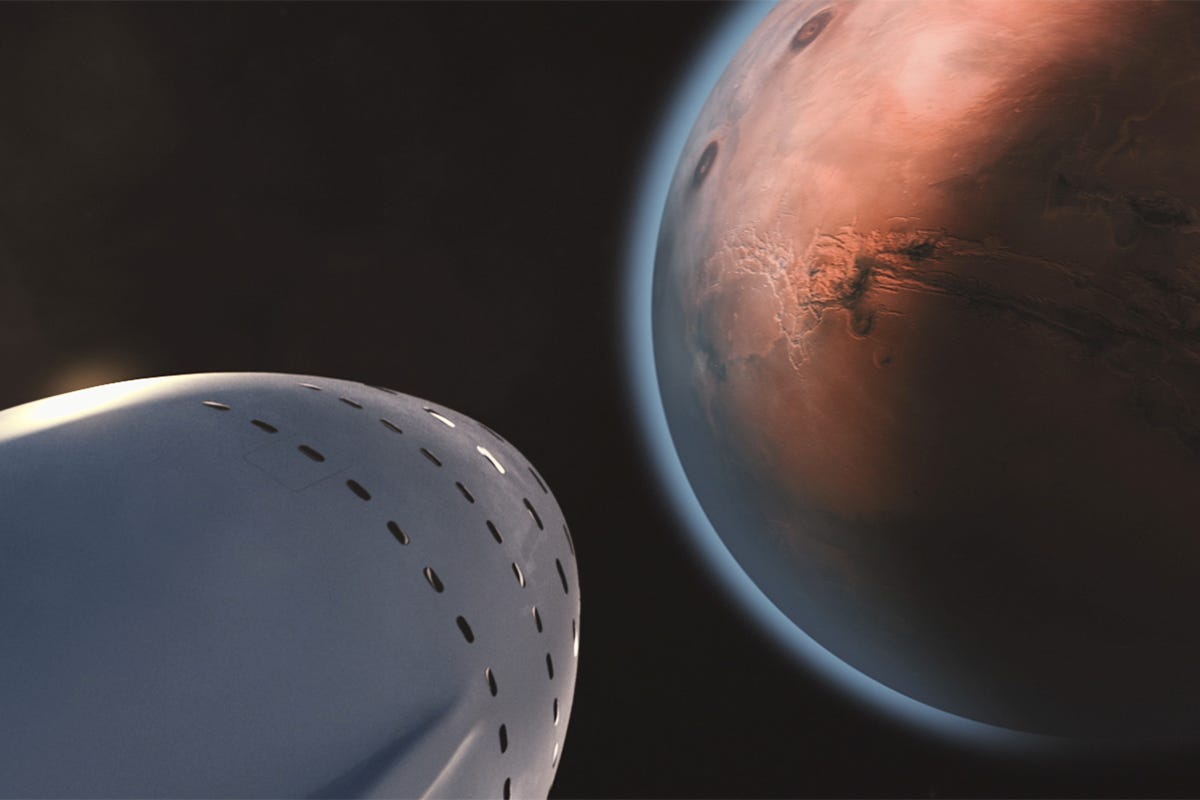Ben W
Chess Grandmaster (Supervised)
#3 should be solvable by building some flex into the tether, so the tension doesn't have a step-function; imagine using "bungee cords" at either end to give the system some play. Or with an adaptive friction mechanism to simulate the same thing. Or, instead of having the Starships get up close nose-to-nose, they could start at the final desired distance apart, and the tethers could be extended from each ship and connected using autonomous "space drones" or some such.In this shot from Tim Dodd's Starbase tour you can see the relatively beefy attachment points used for lifting Starship:
View attachment 710913
Given the discussion is around providing artificial gravity, we are only talking 1G loads for starship without a full fuel load, so those would indee seem to be capable.
My earlier musing about lateral acceleration had more to do with the challenge of getting the rotating evenly around a central axis evenly in a stable "orbit". It seems to me you'd have to:
1) Park the Starships nose-to-nose
2) Attach tethers
3) Use thrusters to back away from each other, fully extending the tether
4) Use side thrusters on each ship to begin moving radially around a central point
#3 would be tricky... you'd have to accelerate then stop relatively precisely to avoind any snap-back one you get to the end of the tether, or yanking the other ship around
#4 seems even trickier: your acceleration is around an imaginary central axis with a flexible attachment point. Each ship would have to accelerate in a very synchronized manner, and with almost exactly identical acceleration in order to keep the tether straight and keep the orbital axis in the center of the 2 ships. It seems like even small variations in mass/thrust or timing between the two ships would set off oscillations that would be difficult to control.
#4 I think is not a problem either. The ships don't have to apply thrust symmetrically; a single ship could do the entire job. (That's because there's no requirement that the center of mass of both ships stay fixed. This would also allow the spin-up process to double as a course-correction maneuver.) Any nonzero angular momentum will keep the tether taut; all the ships need to do is keep themselves pointed at each other, which can be done entirely with gyros/flywheels, and use gradual sideways thrust (from either ship) to adjust the angular momentum.







